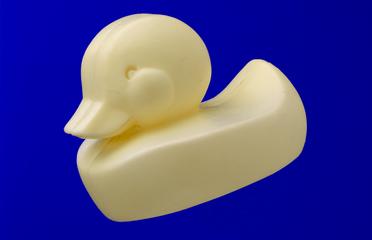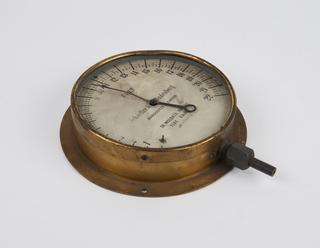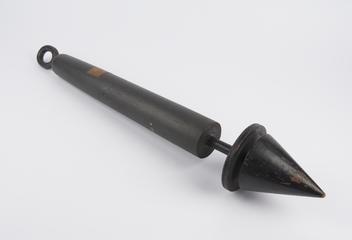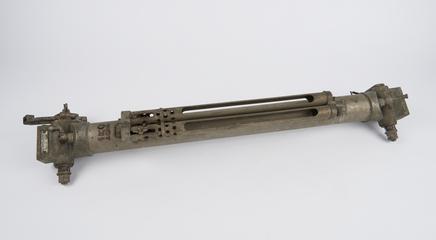

Reversing mercury thermometer for taking sea temperatures at depth, made by Negretti and Zambra, London, 1877-1878. The simple mechanism for overturning the straight thermometer is a hollow wooden block weighted by loose lead shot. The rope may be a later addition.
Surveyors and navigators struggled to take accurate readings of sea temperature at specific depths. Previous modifications of conventional maximum and minimum thermometers were used in the mid 1800s, but it was not always possible to know at what depth the minimum temperature had been reached. Reversing thermometers attempted to overcome this problem. They incorporated mechanisms that would abruptly capsize the thermometer once it reached the required depth.
Details
- Category:
- Oceanography
- Object Number:
- 1911-228
- Materials:
- wood (unidentified), pine (wood), brass (copper, zinc alloy), galvanised iron, lead (shot), tin plated, glass, mercury and rope (possibly manilla hemp)
- Measurements:
-
overall: 55 mm x 340 mm x 58 mm, , .675kg
- type:
- thermometer, reversing and mercury thermometer
- credit:
- Admiralty Hydrographic Department




